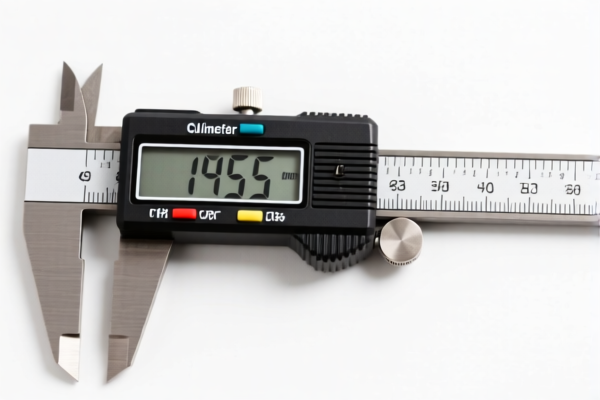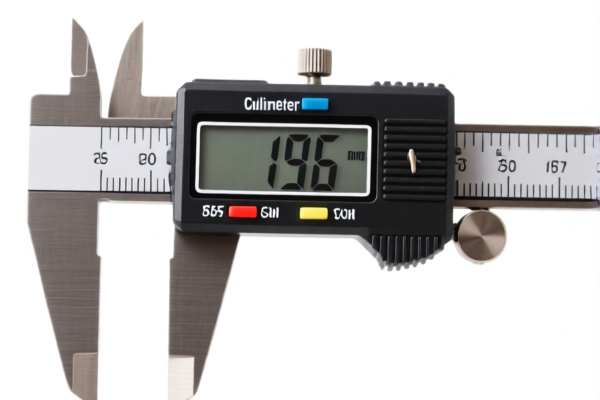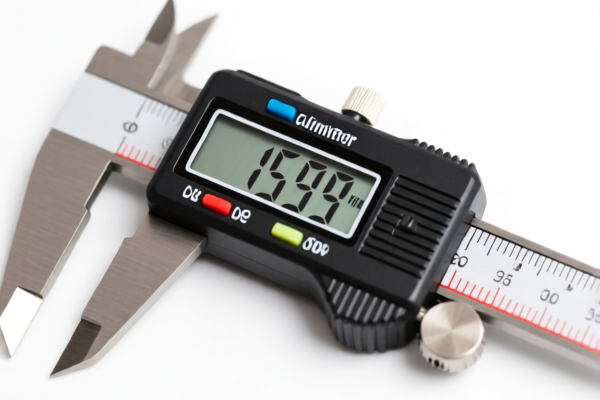| HS Code | Official Doc | Tariff Rate | Origin | Destination | Effective Date |
|---|---|---|---|---|---|
| 9026802000 | Doc | 55.0% | CN | US | 2025-05-12 |
| 9026806000 | Doc | 37.5% | CN | US | 2025-05-12 |
| 9014804000 | Doc | 55.0% | CN | US | 2025-05-12 |
| 9014805000 | Doc | 55.0% | CN | US | 2025-05-12 |
| 9028100000 | Doc | 16¢ each + 2.5%+55.0% | CN | US | 2025-05-12 |
| 9028200000 | Doc | 16¢ each + 2.5%+55.0% | CN | US | 2025-05-12 |
| 9030840000 | Doc | 55.0% | CN | US | 2025-05-12 |
| 9030840000 | Doc | 55.0% | CN | US | 2025-05-12 |
| 9031804000 | Doc | 55.0% | CN | US | 2025-05-12 |
| 9031808060 | Doc | 30.0% | CN | US | 2025-05-12 |
| 8423901000 | Doc | 55.0% | CN | US | 2025-05-12 |
| 8423909000 | Doc | 57.8% | CN | US | 2025-05-12 |




Calibration Tools
Calibration tools are instruments used to ensure the accuracy and reliability of measurement devices. They establish a known relationship between the values displayed by a device and the true values of the quantity being measured. This process is essential in fields requiring precise measurements, such as manufacturing, science, engineering, and healthcare.
Purpose
The primary purpose of calibration is to minimize measurement errors and ensure traceability to recognized standards. Regular calibration:
- Improves accuracy: Reduces the difference between the indicated value and the true value.
- Ensures traceability: Provides a documented link to national or international standards.
- Increases reliability: Provides confidence in the measurement results.
- Reduces costs: Prevents defective products, rework, and potential safety issues.
- Complies with regulations: Many industries have mandatory calibration requirements.
Function
Calibration tools function by comparing the output of the device under test (DUT) to a known standard. This comparison is typically performed across the entire measurement range of the DUT. The process involves:
- Preparation: Ensuring both the DUT and the calibration standard are stable and within specified environmental conditions.
- Comparison: Applying known input values to the DUT and recording the corresponding output.
- Error Calculation: Determining the difference between the DUT's output and the known standard value.
- Adjustment (if needed): Modifying the DUT's settings to minimize the error.
- Documentation: Creating a calibration certificate that details the results, standards used, and environmental conditions.
Usage Scenarios
Calibration tools are used in a wide range of applications, including:
- Manufacturing: Calibrating instruments used for quality control, such as calipers, micrometers, gauges, and scales.
- Laboratories: Calibrating laboratory equipment like pipettes, thermometers, balances, and spectrophotometers.
- Engineering: Calibrating sensors, transducers, and data acquisition systems.
- Healthcare: Calibrating medical devices like blood pressure monitors, infusion pumps, and patient monitors.
- Environmental monitoring: Calibrating instruments used for measuring air quality, water quality, and noise levels.
- Aerospace: Calibrating instruments used for flight control, navigation, and engine performance.
Common Types
Calibration tools can be broadly categorized into several types:
- Mass Standards: Used for calibrating scales and balances. These include Class E2, Class F1, and Class F2 weights.
- Dimensional Standards: Used for calibrating length, diameter, and thickness measurement devices. Examples include gauge blocks, calipers, micrometers, and coordinate measuring machines (CMMs).
- Electrical Standards: Used for calibrating multimeters, oscilloscopes, signal generators, and power supplies. These include voltage standards, current standards, resistance standards, and frequency standards.
- Temperature Standards: Used for calibrating thermometers, thermocouples, and temperature sensors. These include dry-block calibrators, ice baths, and blackbody sources.
- Pressure Standards: Used for calibrating pressure gauges, pressure transducers, and pressure controllers. These include deadweight testers and pressure calibrators.
- Optical Standards: Used for calibrating light meters, spectrophotometers, and optical power meters.
- Signal Calibrators: Versatile instruments used to generate precise electrical signals for calibrating a wide range of devices.
- Software Calibration Tools: Software used to automate the calibration process and manage calibration data.
Calibration tools can encompass a variety of instruments used to measure or check the accuracy of other devices. Based on the provided information, several HS codes may be relevant, depending on the specific type of calibration tool.
- 9026802000: This code covers instruments and apparatus for measuring or checking flow, level, pressure, or other variables of liquids or gases (e.g., flow meters, level gauges, manometers, heat meters), excluding those under headings 9014, 9015, 9028, or 9032, and specifically refers to electrical instruments. The total tax rate is 55.0% (0.0% basic tariff, 25.0% additional tariff, increasing to 30.0% after April 2, 2025).
- 9026806000: This code also covers instruments and apparatus for measuring or checking flow, level, pressure, or other variables of liquids or gases (e.g., flow meters, level gauges, manometers, heat meters), excluding those under headings 9014, 9015, 9028, or 9032, but refers to other instruments. The total tax rate is 37.5% (0.0% basic tariff, 7.5% additional tariff, increasing to 30.0% after April 2, 2025).
- 9030840000: This code covers oscilloscopes, spectrum analyzers, and other instruments for measuring or checking electrical quantities (excluding meters of heading 9028), as well as instruments for detecting alpha, beta, gamma, X-ray, cosmic, or other ionizing radiations. It specifically refers to other instruments with a recording device. The total tax rate is 55.0% (0.0% basic tariff, 25.0% additional tariff, increasing to 30.0% after April 2, 2025).
- 9031804000: This code covers measuring or checking instruments, appliances, and machines not specified elsewhere, specifically electron beam microscopes fitted with equipment designed for handling semiconductor wafers or reticles. The total tax rate is 55.0% (0.0% basic tariff, 25.0% additional tariff, increasing to 30.0% after April 2, 2025).
Important Considerations:
The classification of calibration tools depends heavily on their specific function and the variables they measure. If the calibration tool is a gas, liquid, or electricity meter, codes 9028100000 (gas meters) or 9028200000 (liquid meters) may be applicable, with a total tax rate of 16¢ each + 2.5% + 55.0%.
Please verify the specific materials and intended use of the calibration tools to ensure accurate classification and compliance with customs regulations.
Customer Reviews
No reviews yet.